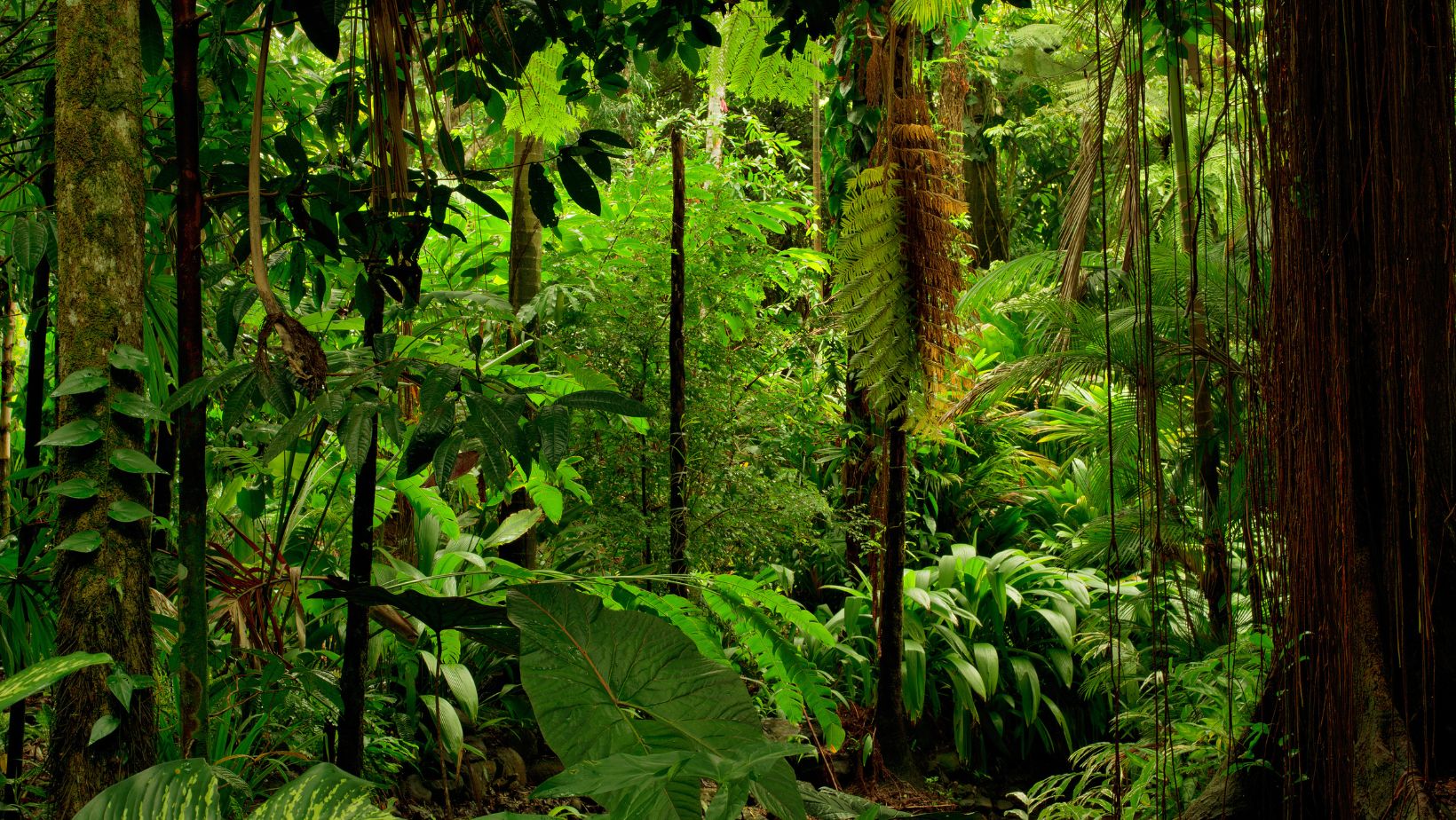Which of The Following Best Describes an Example of Resource Partitioning in an Ecosystem?
Resource partitioning is not limited to terrestrial ecosystems; it also plays a crucial role in aquatic environments. Take, for instance, the coral reefs teeming with life. Despite the limited space and resources, a myriad of fish species coexist by utilizing different parts of the reef. Some species, like parrotfish, graze on algae, while others, such as butterflyfish, feed on coral polyps. By partitioning their feeding habits, these fish avoid direct competition and maintain a delicate balance within the reef ecosystem.
What is Resource Partitioning?
Definition of Resource Partitioning
Resource partitioning is a phenomenon that occurs when different species within an ecosystem adapt and coexist by carving out their own niches and minimizing competition for resources. This process is essential for maintaining balance and biodiversity within an ecosystem. By occupying different ecological niches, species can utilize resources in a way that reduces direct competition, allowing for the survival and proliferation of multiple species in a given habitat.
Importance of Resource Partitioning in Ecosystems
Resource partitioning plays a crucial role in maintaining the stability and diversity of ecosystems. Here are a few key reasons why resource partitioning is important:
- Reduces Competition: Resource partitioning helps to minimize competition for limited resources, such as food, water, and shelter, among different species. By utilizing different parts of the environment or adopting different feeding strategies, species can coexist without directly competing for the same resources. This allows for a more efficient utilization of resources and reduces the risk of one species outcompeting and driving others to extinction.
- Promotes Biodiversity: Resource partitioning promotes biodiversity by enabling the coexistence of multiple species within a given habitat. Each species occupies a specific niche, utilizing different resources or occupying different ecological zones. This diversity not only enhances the overall health and resilience of the ecosystem, but also contributes to the overall stability of the ecosystem.
- Enhances Ecosystem Functioning: When species in an ecosystem partition resources, they contribute to the overall functioning and productivity of the ecosystem. Each species has its own unique role and function, whether it be pollination, seed dispersal, nutrient cycling, or predator-prey interactions. By occupying different niches, species can fulfill these functions without interference, ensuring the overall health and functioning of the ecosystem.
- Facilitates Coexistence: Resource partitioning allows species to coexist by reducing direct competition. By occupying different niches, species can avoid or minimize aggressive interactions and territorial disputes. This promotes a more harmonious coexistence, where species can thrive without constantly battling for resources.

Examples of Resource Partitioning in Ecosystems
Example 1: Birds of Different Beak Sizes
One excellent example of resource partitioning in ecosystems is the adaptation of birds with different beak sizes. Birds that share the same habitat and food source have evolved to have varying beak sizes, allowing them to access different types of food. This adaptation helps to reduce competition for resources and promotes the coexistence of multiple bird species.
For instance, in a forest ecosystem, we might find birds with long, slender beaks that are well-suited for probing flowers and extracting nectar. These birds rely on flowers as their primary food source. On the other hand, we might also find birds with short, sturdy beaks that are better adapted for cracking open seeds or nuts. These birds rely on seeds and nuts as their main source of sustenance.
Example 2: Tree Species And Sunlight Requirements
Another compelling example of resource partitioning in ecosystems is the partitioning of sunlight among different tree species. In a densely populated forest, sunlight is a limited resource that is crucial for photosynthesis and tree growth. To optimize their chances of survival and minimize competition for sunlight, different tree species have adapted to thrive in specific light conditions.
Some tree species have developed the ability to grow tall and have a dense canopy, effectively shading out the understory vegetation. These trees are known as canopy species and are well-suited for capturing the majority of the available sunlight. They have evolved to efficiently use the light resource and dominate the upper layers of the forest.
By partitioning sunlight in this way, different tree species can coexist within the same ecosystem, each occupying a specific niche based on their sunlight requirements. This example of resource partitioning highlights the importance of niche specialization for the maintenance of ecosystem balance and the promotion of biodiversity.
Conclusion
Resource partitioning is a crucial process that allows different species to coexist within an ecosystem by carving out their own niches and minimizing competition for resources. This phenomenon promotes biodiversity, enhances ecosystem functioning, and ensures the delicate balance of natural ecosystems. Examples of resource partitioning, such as birds with different beak sizes adapting to access different types of food and tree species partitioning sunlight based on their specific light requirements, illustrate the importance of this process in maintaining the diversity and sustainability of ecosystems.
Resource partitioning is a fundamental mechanism that allows species to thrive and coexist within ecosystems. By respecting and preserving the unique niches and resource requirements of different species, we can ensure the continued biodiversity and functioning of our planet’s ecosystems for generations to come.













